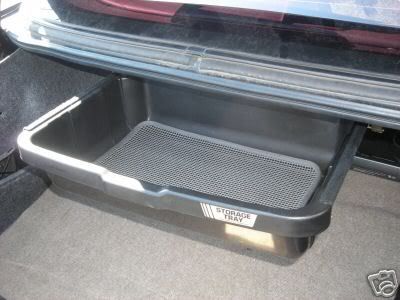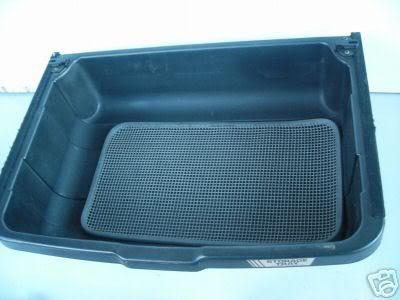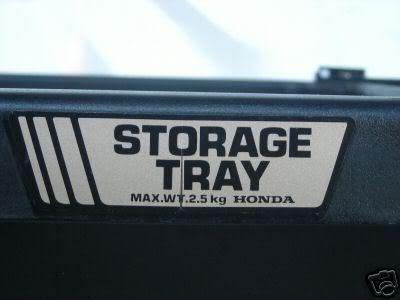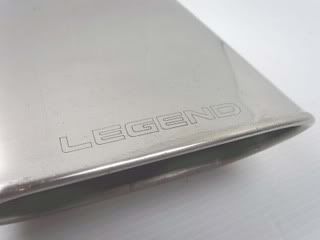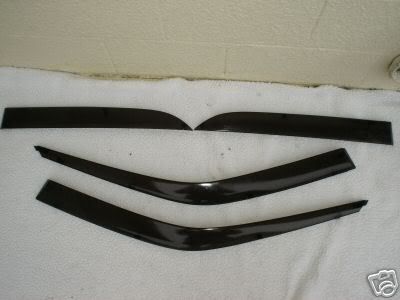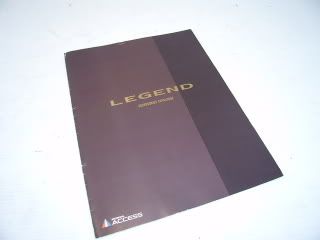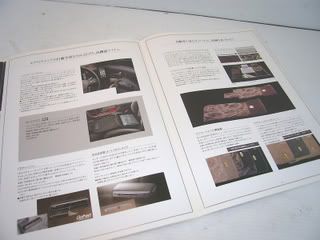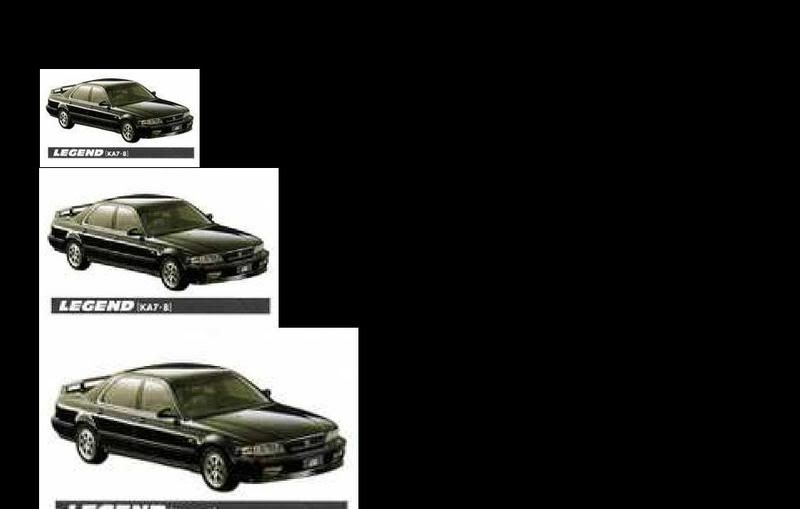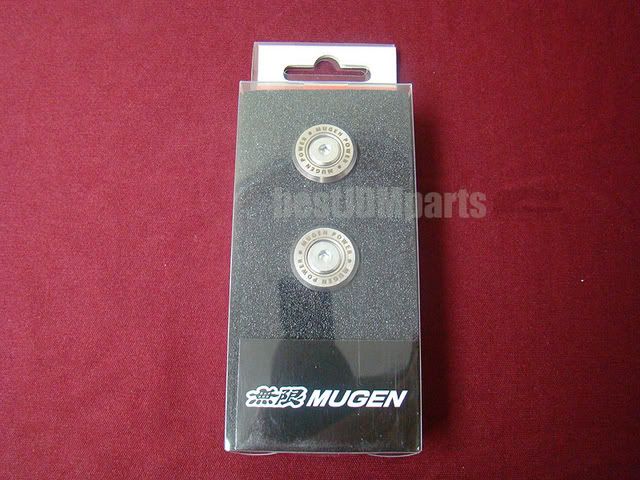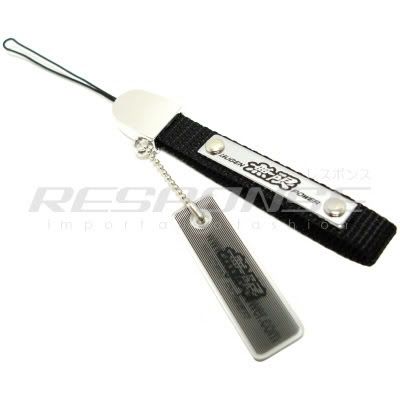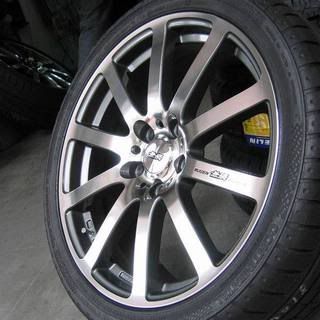About this time a couple of years ago…or maybe even a little bit before, I started to see a few magazine spreads and article in the U.S. Auto Magazines featuring “V.I.P.” styled cars. Mostly Lexus and Infiniti’s. The majority of these articles and spreads seemed to involve the word/company “Junction Produce” in them. Intrigued, I proceeded to research this type of styling as well as investigate the company Junction Produce itself. Simply put, it was inspiring.
Well, some of it at least. Despite similarities to U.S. “dub” styled cars and SUV’s that we Americans seem to enjoy so much, a lot of what I saw was new and unique to anything that I had ever seen before. Many of the featured cars that I saw exuded so much class already , that they really did not need to be modded all that much anyways. Therefore, the majority of the additional mods to the cars are somewhat subtle to the untrained eye but exhibit functionality as well as visual appeal.
What does all this have to do with Project Legend? Well…seeing as how my car is also a luxury sedan….and of Japanese origin…..I intend to incorporate some of the V.I.P. styling cues in regard to the interior of my car as well as other aspects and involved in the build.
At some point in my blogging, I’ll get to work on a list of different URL’s that I’ve used, but for now…check
http://www.junction-produce.co.jp/english/
for more info on them and there offerings to the V.I.P. culture/market.
Besides that, here’s some other stuff that I’ve found online…….
First off, let me say that the first quote is a re-edit from…
http://www.highsocietyvip.com/vipstyle.html
so go there if you want to see the original version. Its almost word for word except for some grammatical changes and the incorporation of photo’s. Secondly, the other quotes were taken from two guys featured in C16 Magazine. If you want to check that out, go to…
http://www.c16mag.com/
where you can digitally download there issues. I recommend it.
So, here we go, some really good info on all things VIP……
VIP Style Cars
History:
VIP cars stated approximately thirteen or fourteen years ago in Japan. However, they were not known as VIP cars. Originally, VIP cars came from a team named Black Cockroach in Wakayama Prefecture. That team's cars were published in the national car magazine for the first time in Japan. The Black Cockroach had black Cima, Cedric, Celsior and Crown, which were very unique and exemplified the owner's personalities. Many have VIP cars tied to the Japanese mafia, better known as the Yakuza, to the beginnings of the VIP scene in Japan. Afterwards, a team named VIP Company evolved that belonged to Mr. Taketomi, the eventual owner of Junction Produce, a leader in VIP styling in Japan. It was popular in Osaka Sooner and later, Sendai city in Miyagi prefecture. The popularity of VIP cars spread to Sendai city and Young Auto magazine, which brought Chibaragi, a name of remodeling cars, to the public.
Before naming VIP Car, those cars including racing, motorcycle gang and remodeled racing cars were called a Haiso car (high society salon cars), a Kowamote car (coercive atmosphere car) and an Oshidashi car (push car). The Young Auto established a corner of the customizing scene by restyling luxury cars. They coined the nam VIP CLUB when the owners displayed their remodeled luxury cars. These cars would become what we know as VIP.
The VIP scene, eventually lead to the establishment of VIP Car Magazine., a company and magazine that was started by a publisher from Young Auto Magazine. VIP Car Magazine showed remodeled luxury cars and called them VIP Cars. The VIP Car magazine has been distributed for ten years, mainly in Japan. In Osaka, there is a VIP company team, which dressed up VIP cars. This company was started by Mr. Taketormi and he was a pioneer who first drove the popularity of VIP cars approximately fourteen years ago.
Traditional Definition:
VIP car is very simple. Usually pronounced V-I-P (vee-eye-pee) and meaning Very Important Person, the true pronunciation is VIP, or “bippu,” where it's pronounced like a word. Cars that fit into the VIP category are predominantly rear wheel drive Japanese luxury platforms such as the Celsior, CIMA, Cedric/Gloria, and Crown, just to name a few. These cars are usually the more expensive models and are usually purchased by the more affluent car owners. It's not a VIP Car unless it starts with one of these cars. Many VIP purists will not consider any other platforms as VIP, even though other cars can take the styling cues from the larger VIP sedans. This is commonly known as VIP Styling.
VIP Characteristics:
VIP cars can loosely be translated to “Low and Wide”. Many have argued that VIP cars can include European and even American cars. These can be considered VIP Style as long as they follow in the VIP guidelines, but they will never be VIP Platforms. Some general characteristics of VIP Style are:
• Large/wide wheels (many times with big lips and low offsets) that are flush to the fender
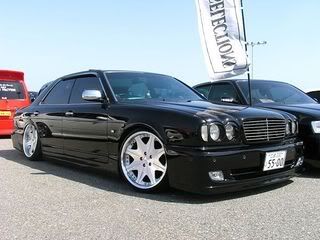
• Stretched tires in order to tuck the wheels under the fenders
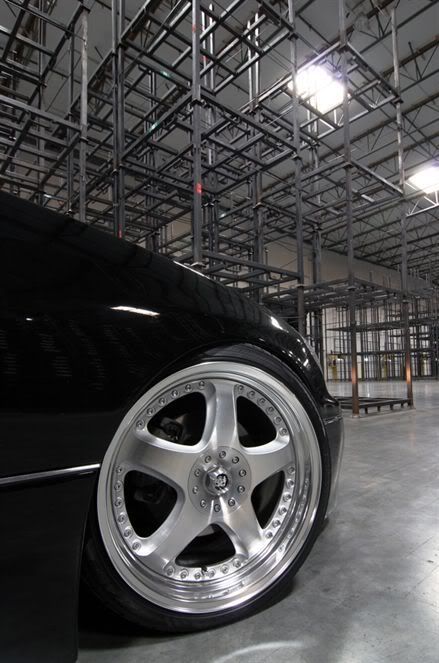
• Low stance via adjustable suspension or air ride
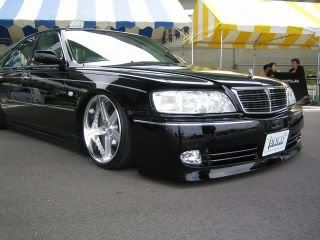
• Substantial body kits to achieve the “Wide” look
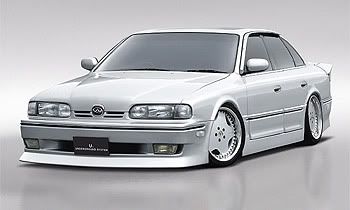
• Custom body work to accentuate the “Wide” look
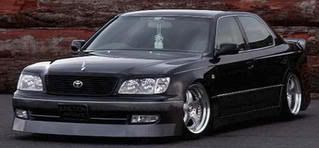
• Custom video and audio components and installations
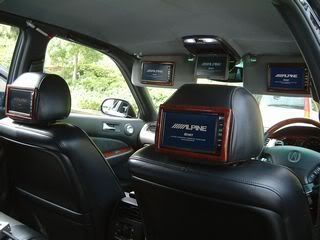
• Wood grain interiors with additional trays and extensions on the dash
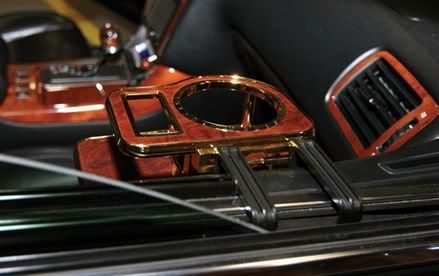
• Custom seats and mats
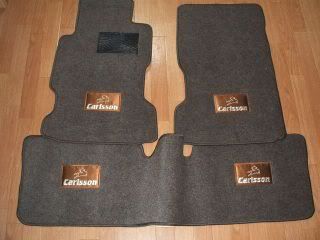
• Additional and upgraded internal and external lighting
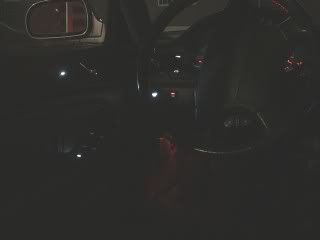
• Louder exhausts with larger tips
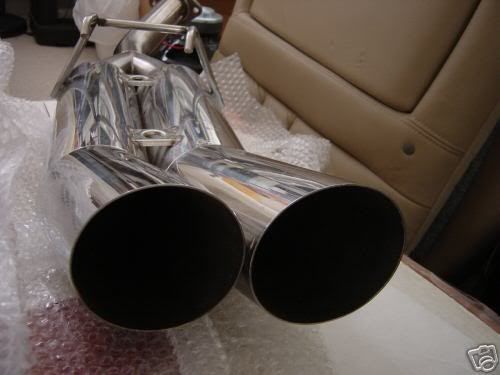
• Engine/performance work (though not as popular)
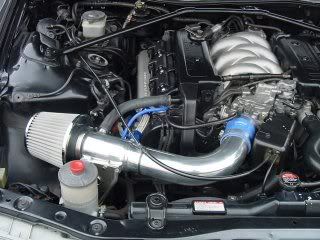
VIP Culture:
When VIP car enthusiasts in Japan build their car, they immerse themselves in the culture of VIP Car. Accessories like Noburi Flags, clothing, lighters, teddy bears, fans, and every accessory that a company makes are purchased and proudly displayed. Many automotive events and gatherings in Japan are steeped in the tradition of the VIP culture. Simple gatherings of enthusiasts can turn into major events. As usual in the Japanese culture, the cars are the stars, but socializing and even food are main attractions. VIP Car has a sense of pride within the Japanese community on its luxury vehicles.
VIP Styling:
VIP styling is taking the aspects that were started in Japan with the VIP Cars and merging them onto cars that aren't really considered VIP car platforms. Some platforms that are gaining popularity are the K-cars (Vitz, Scion, and other econo-box cars), vans (Odyssey and Previas) and many other vehicles (G35, IS300, 300Zs) that have been heavily influenced by the VIP Style. That also has trickled into our US market with the larger cars like the Chrysler 300C and Dodge Magnum.. European cars can also be influenced by the VIP cars, and have been gaining popularity in the US.
US Market for VIP:
Where does this all fit into the US market? With companies who's operations are based here are now trying to define the VIP market as Bentleys, Benz's, and other high end Euro cars, it basically leaves out the cars where it all began, the Lexus GS and LS, and the Infiniti M and Q series. Yes, the US automobile market may not have the choice of Japanese luxury cars found in Japan but we make due with what we are provided. However the view of VIP Car or VIP Style Cars is being EXTREMELY skewed in the US and leaves the hardcore VIP Car enthusiast with a sour taste in its mouth. VIP Car starts with the platform first. 350Zs, G35s, Scions, Accords, and other cars are defining the VIP Style Car… “VIP Style Cars” was mainly a term devised to help define the difference from a VIP Car platform and a car accessorized with VIP styling. Whether you own a VIP Car or own a VIP Style Car… Yes, we will have to define our own definition of VIP Style Cars but we can't stray too far from the foundation of it all. There will be those of us who will stick to our VIP Car platforms and those who will decide that their Scion fits the platform as well. Both sides are correct in that matter. What is wrong is to decide that our VIP Car platforms are not acceptable platforms of VIP here in the US.”
Here are some insightful quotes by two stateside progressive VIP builders; Kelvin Tohar & Binh Tran.
"My Definition of VIP can be broken down into four words: Luxury, Elegance, Style, and Practicality. Luxury: for what the car is - enhancing the already luxurious platforms these sedans are known for. Elegance: regarding the classy smooth lines these cars have. All modifications including the body kits made for these sedans should enhance and compliment the stock body lines. Style: for the culture aspect of the VIP/Auto luxury movement found both in Japan and the States. Practicality: for the drivabilitiy of these cars - who wants to build another car that they can’t daily drive? I know I don’t.” But…” I may have to trim the quarter panels to accommodate the aggressive offsets of some bigger wheels."
"That’s pretty much it: clean, simple, and everything fits like it should, almost like factory parts, but nicer."
"Convenience and comfort—you can’t beat it."
"With the interior, we tried to keep it very simple and clean to compliment the outside, keeping with the VIP theme."
So basically that’s it. With Project Legend, I intend to incorporate a lot of the VIP styling found in cars from different makes, models, and manufacturers. While I don’t intend to make it completely VIP, much of what was said ties into what I am trying to accomplish in the process of my build.
P.S. The King Motorsports post is coming soon.....and I've got stuff to show for it!
